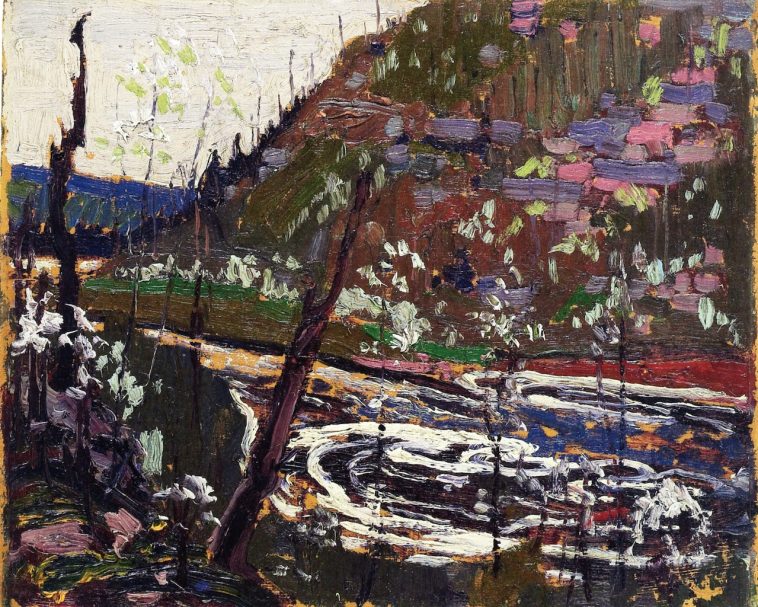The Apostrophe Blog
My disturbingly prescient poem, “Peak Oil Comes Hither,” was published as the final part of my triptych, “Distant Early Warnings,” at PANK Magazine back in January 2012.
It was written in a flexible poetic form called the triversen, shorthand for triple verse sentence. According to Lewis Turco in The New Book of Forms, it is “a native American form of variable accentuals which was developed by William Carlos Williams and others […] one of the most innovative things done to modern free-verse.” Each sentence is broken into three lines. The triversen introduced the variable foot—a phrase or portion of a sentence contained within a line—to free verse. A key element is the notion of having a surge of language happen in a single breath.
Below, I have summarized more details about the triversen form that I found (in a very large blue font!) at the Poets Collective website—I don’t remember having this much information to worth with when I first wrote my one and only example of this form eleven years back.
— It is accentual which means in the rhythm of normal speech, with one to four strong stresses in every line.
— It is stanzaic, written in any number of tercets where each sentence is broken into three uneven lines, and each of those lines is an independent clause. The first line states a fact or observation while the second and third “set the tone, imply a condition or associated idea, or carry a metaphor for the original statement.”
— It is grammatical. The sentence in each tercet is broken by sense units or lineation or sense units.
— It is unrhymed.
— It is alliterated to emphasize the stresses.
I sure hope I got most of that right in what’s below!
Peak Oil Comes Hither
The cherry tree buds and blossoms
fall as the rarest rain pelts
every petal to an asphalted tattoo.
Before, more clay got carted,
clods to spackle the holes, murky
sutures, compost trumping blight.
This is now life foreseeable—
no more center-pivot irrigation,
a chorus line kicking up seed.
Long gone, the vast of valley,
anhydrous ammonia in silos,
reassuring acres of bean and beet.
Along the alley’s fence, we coax
stubborn vegetable rootstock,
leaves our mulch, our armaments.
The sky is leap and dry.
No rest for our buckets hauling
the sacred drips we capture, store.
While crows claim their turf,
wires this day of tree-branching
symphonies led by the wind.
Variations in the key of caw,
their cries are companion
to words that stutter a tongue—
raucous, ruckus, reckless,
they dive-bomb the midden,
the already cherry-picked trash.
The public domain image above is the 1915 painting, Wild Cherry Trees in Blossom, by Tom Thomson.
- Acceptance News: 2025 Rapid Response Anthology - July 12, 2025
- Don’t Fence Me In! - July 5, 2025
- Nothing to Celebrate Today… - July 4, 2025

